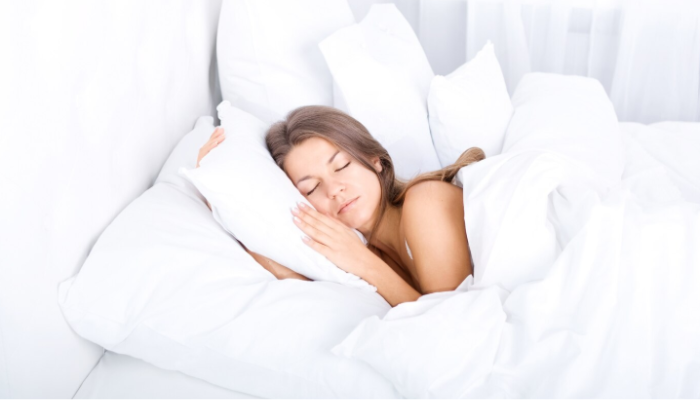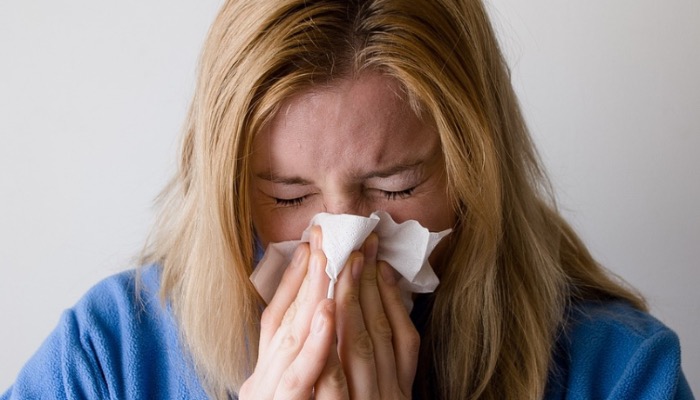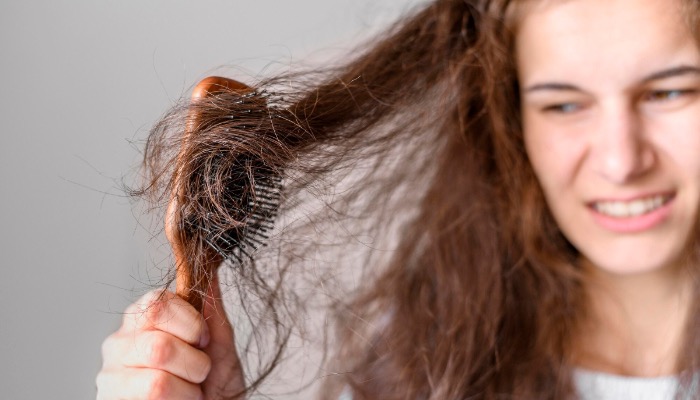A recent report from the National Sleep Foundation has issued a startling health alert. They said that unwashed pillow covers for one week may harbor more bacteria than a toilet seat. The study found that within seven days, a pillowcase can collect over 17,000 more bacterial colonies than the average toilet seat. Left uncleaned for up to four weeks, pillowcases and bed sheets can accumulate millions of bacteria per square inch.
Unwashed Pillow Covers can Be Harmful
This buildup isn’t just unpleasant—it can be harmful. Unwashed pillowcases absorb sweat, oils, dead skin cells, and dirt from your face and hair. This creates a breeding ground for bacteria that may lead to skin problems such as acne, eczema, rashes, and even fungal infections like ringworm. In some cases, bacteria such as staphylococcus (staph) can enter the skin through cuts or acne, potentially leading to more serious infections.
Respiratory health can also be impacted. Over time, dust, mold, pet dander, and allergens can build up in pillowcases and bedding, triggering allergic reactions or asthma symptoms like sneezing, congestion, and watery eyes.
In rare but concerning situations, dirty bedding may even attract lice or bed bugs, leading to persistent itching and skin irritation.
To reduce these health risks, experts strongly recommend washing pillowcases at least once a week. Clean bedding not only helps protect your skin and respiratory health but also contributes to better, more restful sleep.
Regular washing with hot water and a gentle detergent can effectively eliminate bacteria, allergens, and dirt, promoting overall hygiene and well-being.












